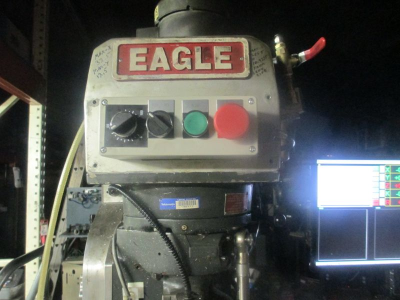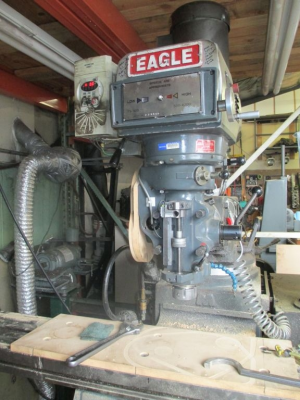Wow. Thank you. That worked. It runs as it should. I will now sift through them to identify their effect.
Is this vocabulary standard to VFD? Are the connections Are the control standard panel inputs and outputs relatively standard?
I am beginning to experiment with linuxcnc. I notice there is a 'spindle' configuration tab. Is it likely it can interface with the control panel?
Thank you, Dan
Is this vocabulary standard to VFD? Are the connections Are the control standard panel inputs and outputs relatively standard?
I am beginning to experiment with linuxcnc. I notice there is a 'spindle' configuration tab. Is it likely it can interface with the control panel?
Thank you, Dan



